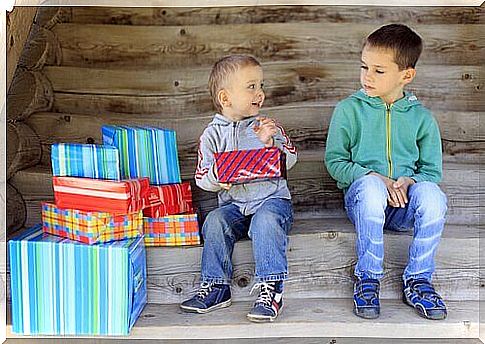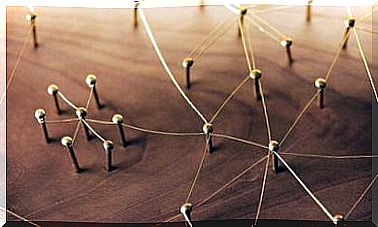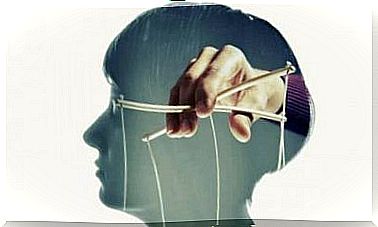Facts About Bonding Among Siblings

Siblings undoubtedly play an important role in our lives and development. Throughout history there have been many tales, legends, and myths about bonding among siblings. Let us think, for example, of the story of Isis and Osiris and the relationship between the siblings in Mozart’s Die Zauberflöte .
Whether firsthand or through observation of other families, we have all seen the importance of bonding among siblings. It even affects the cognitive development of individuals.
Yes, parents usually go out of their way to educate their children and raise them to be happy people. While this is great, many parents mistakenly believe that these are the only factors that affect their children’s development. However, they often do not know how much siblings can influence each other positively or negatively and learn from one another.
In this article we want to talk about two specific hypotheses: (a) sibling compensation theory and (b) sibling hostility based on preference theory. Both hypotheses relate to how parents treat their children.
“Siblings are the people we practice on, they are the people who instill fairness and cooperation, friendliness and care, often the hard way.”
Pamela Dugdale

The compensation theory in siblings
First and foremost, it is important to understand that relationships among siblings cannot be viewed in isolation. What this means is that it is important to consider other variables, such as how parents treat their children. What if parents don’t treat their children as expected? Can siblings make up for this deficit through their bond with one another?
The compensation theory with siblings says that siblings can build close, warm bonds. Consequently, they help each other in situations where they are exposed to poor parental care. In other words, siblings make up for their lack of parental affection by caring for one another. In this way, despite the deficit of the parents, they can develop normally.
Studies on this theory have shown positive results. It appears that there is an inverse correlation between the quality of parent-child interaction and the quality of interaction among siblings. Bryant and Crockenberg conducted a study in which they found that a mother’s indifference to her children is offset by a high number of prosocial behaviors from older and younger siblings.
These results could lead us to conclude that siblings without parental support stand by and learn from one another. However, it is important to be careful when interpreting this data as other studies have produced different results. As we said above, examining relationships among siblings is not easy because no two cases are alike. In addition to parental treatment, many other factors play a role.

Hostility based on preference theory
Parental behavior can also lead to hostility among siblings. This is the central hypothesis of preference theory, which relates to children’s perceptions of how their parents treat them.
Preference theory suggests that bonding among siblings can worsen if one of them notices that their parents are treating them differently from their brother or sister. In other words, when a child realizes that their parents are giving preference to their sister or brother, they will develop envy and resentment. As a result, the child shows hostile behavior towards the preferred sibling.
Hetherington conducted an experiment that found that the less affectionate parents are with a child, the greater the likelihood that sibling relationships will become more aggressive. The child rebels against his parents by taking revenge on his siblings. However, there are many more factors to consider here as well.
The vast majority of studies on the subject show how important sibling bonds are in a person’s development. In the end, siblings are the people we can always turn to in life.
“No matter how old we are: When we are with our siblings, we go back to childhood.”
Karen White









